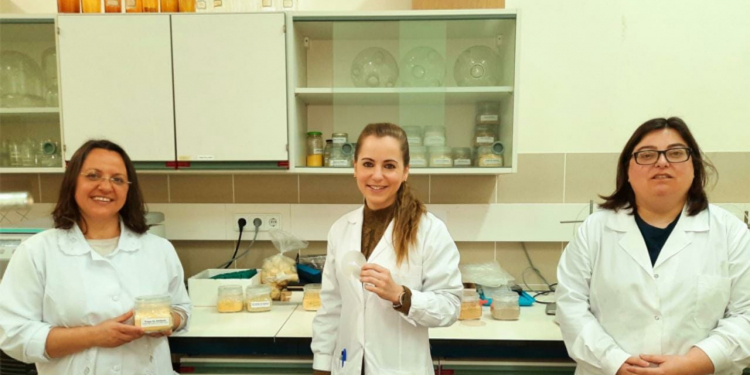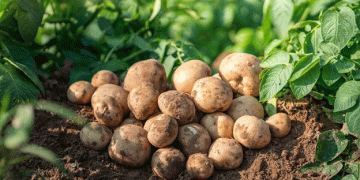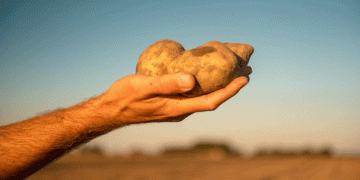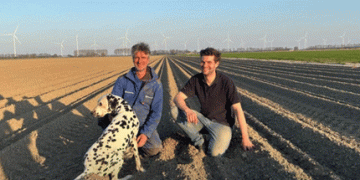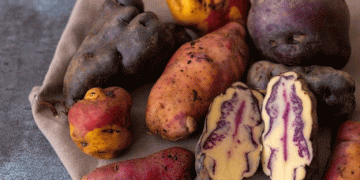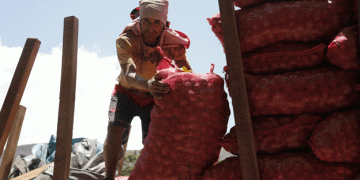A team from the University of Coimbra (UC), with the collaboration of the Escola Superior Agrária de Coimbra (ESAC), developed a set of edible packaging from different residues from the agrifood and fisheries sector, a sustainable alternative to plastic.
In practice, these edible packages are films obtained from the residues of different foods, namely potato and quince peels, fruit outside the standardized characteristics and crustacean peels, which, in addition to coating the food, prolonging its shelf life from the supermarket, can also be eaten.

The packaging developed by researchers Marisa Gaspar, Mara Braga and Patrícia Almeida Coimbra, from the Research Center for Engineering of Chemical Processes and Forest Products (CIEPQPF), from the Faculty of Science and Technology of the University of Coimbra (FCTUC), were essentially designed to coat fruits, vegetables and cheeses, incorporating bioactive / nutraceutical compounds, such as antioxidants and probiotics, into their matrix, with potential beneficial effects on health.
We can imagine, for example, cooking broccoli or asparagus without having to remove the packaging, since the film that surrounds them is composed of natural nutrients with health benefits.
«We produce differentiated film compositions, using the residues almost entirely, which contain compounds with different properties. For example, the potato peel has more starch and the quince peel more pectin, that is, we have two structural polymeric materials that, combined, will generate a simple film, without complex processing », explain Marisa Gaspar, Mara Braga and Patrícia Almeida Coimbra.
However, before obtaining films / coatings in either film or spray form (applied in the liquid and dry phase in the food), the team, which brought together several research groups from UC and ESAC, had to overcome several phases. «The biggest challenge is to find the ideal materials so that the formulations have the desired characteristics. Therefore, it was necessary to study the films from a physical point of view, such as mechanical properties, in order to serve as packaging / coating; to study the bioactive properties of films, that is, if some compounds have health benefits when ingested; evaluate the reactions when different compounds come together; microbiological and sensory analysis of the selected films; and assess the compatibility of the food with the produced edible system ‘,
Marisa Gaspar, Mara Braga and Patrícia Almeida Coimbra consider that the solution proposed by their team can be “very advantageous for both industry and the consumer. It is an approach centered on the circular economy. Not only does it increase the shelf life of the product, but it also avoids waste, reduces the production of plastic waste, a serious environmental problem, and generates a new product that provides a nutritional addition to the food », they conclude.
Started in 2018, as part of the “MultiBiorefinery” project, financed by COMPETE 2020, this research was recently distinguished with a prize of 20 thousand euros for the program “Interdisciplinary Research Seed Projects – Santander UC”, attributed to multidisciplinary teams led by young researchers at the University of Coimbra. It was also awarded in the ideas contest LL2FRESH, which aims to seek new packaging solutions, food treatment methods and state-of-the-art additives.
As part of this project, a scientific article was published in the magazine Food Packaging and Shelf Life , available: here.

Edible Packaging: more than just the potato cup
According to Earthday.org, more than 141 million metric tons of the world’s plastic thrown out in 2015 was packaging material. Globally, takeout orders account for around 269,000 U.S. tons of plastic waste. The world also uses 500 billion plastic cups, more than half a billion plastic straws are used every day, and about one trillion single-use plastic bags every year.
Efforts to rethink packaging and reduce the globe’s dependency on single-use plastic is a growing trend. Eco-friendly packaging has opened the doors to innovation, and now companies all over the world are answering the call with packaging made of food-derived products, eliminating plastic from the formula.
